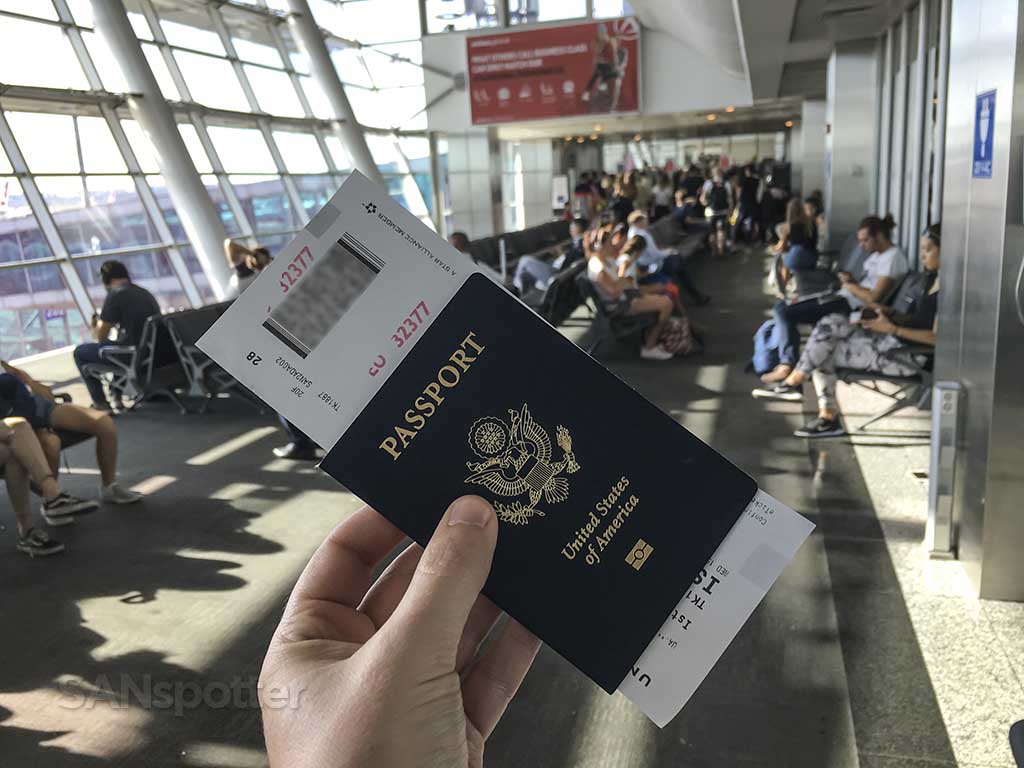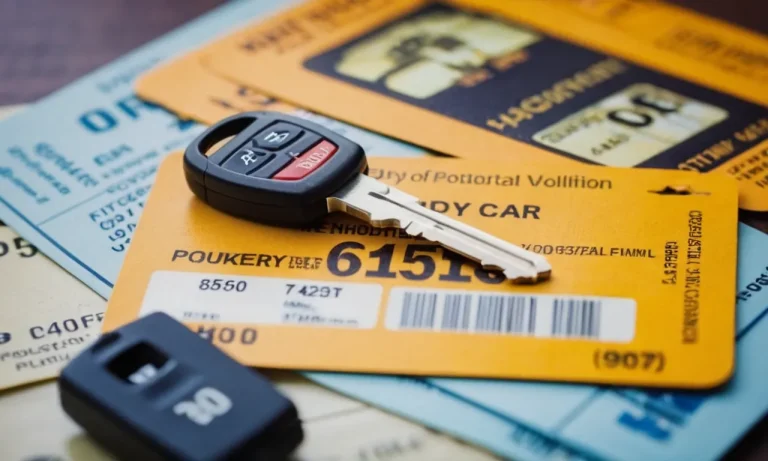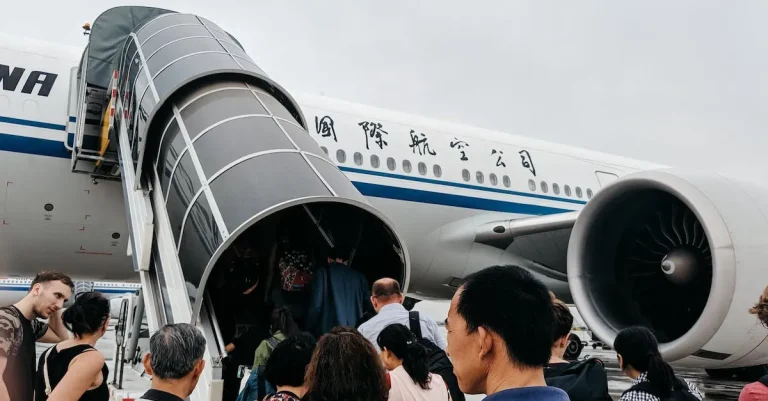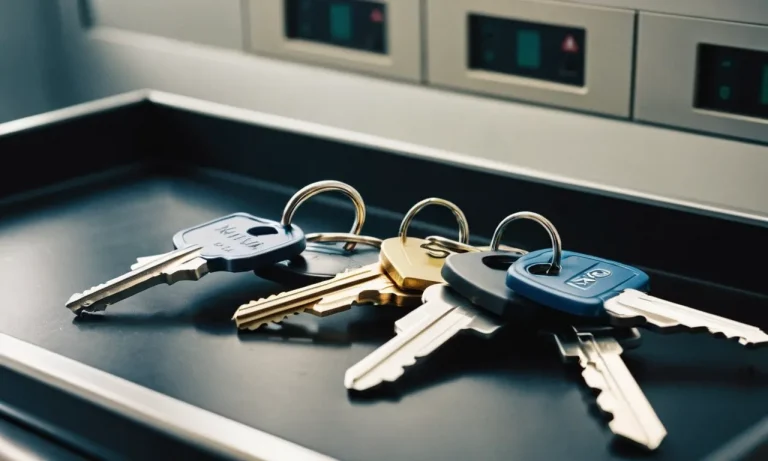Traveling can be tricky, especially when your trip involves connecting flights.
One common question many travelers have is whether they need to go through customs and immigration if they have a layover in another country. The answer isn’t straightforward and depends on several factors.
If you’re short on time, here’s a quick answer to your question:
In this comprehensive guide, we’ll walk through everything you need to know about connecting flights and customs procedures.
We’ll cover the key factors that determine if you have to go through customs, explain preclearance and sterile transit, provide tips for breezing through customs on a layover, and address some common questions travellers have.
What Are Connecting Flights?
A connecting flight, also known as a layover, is when a passenger needs to change planes at an intermediate airport to reach their final destination.
This usually occurs when there are no direct flights available between the origin and destination airports.
Connecting flights can range from a short layover of 30 minutes to several hours, depending on the airline and the itinerary.
How Do Connecting Flights Work?
When booking a connecting flight, passengers will have to make sure they have ample time to transfer between flights.
The airline will typically provide a minimum connection time for each airport, which is the minimum amount of time needed to make the transfer.
It is important to note that this time frame can vary depending on factors such as airport layout, distance between terminals, and immigration procedures.
It is always a good idea to allow for extra time in case of delays or unexpected circumstances.
Upon arrival at the intermediate airport, passengers will need to follow signs for connecting flights or transfer desks. In some cases, they may need to go through security, especially if they are entering a different country.
However, whether or not passengers need to go through customs on a connecting flight depends on a few factors.
Do You Go Through Customs on a Connecting Flight?
Whether or not passengers need to go through customs on a connecting flight depends on the country they are traveling to and the specific circumstances of their journey.
In some cases, passengers may need to go through customs and immigration at the intermediate airport, while in other cases, they may not.
For example, if a passenger is traveling from the United States to Canada with a layover in Toronto, they will need to go through Canadian customs and immigration at the Toronto airport before continuing their journey.
This is because Canada has a pre-clearance agreement with the United States, meaning that passengers clear customs and immigration before departing from their origin airport.
On the other hand, if a passenger is traveling from the United States to Germany with a layover in Frankfurt, they will not need to go through German customs and immigration at the Frankfurt airport.
Instead, they will go through customs and immigration upon arrival at their final destination in Germany.
It is important for passengers to check the specific requirements of their connecting flights and destination country to ensure they are prepared for any customs or immigration procedures they may encounter.
Airlines and airports often provide information on their websites or through customer service representatives.
Do You Have to Go Through Customs on All Connecting Flights?
Whether or not you have to go through customs on a connecting flight depends on various factors. It is not a one-size-fits-all situation.
Factors That Determine If You Go Through Customs
The primary factor that determines whether you need to go through customs on a connecting flight is whether your layover is in the same country or a different country.
If your layover is in the same country, you generally do not have to go through customs again.
However, if your layover is in a different country, you will typically have to go through customs and immigration.
Another factor that may influence whether you go through customs is the airport you are connecting through.
Some airports have designated areas for connecting passengers where they can bypass customs, while others require all passengers to go through customs regardless of their final destination.
Additionally, the type of flight you are taking can also impact whether you go through customs. For example, if you are taking an international-to-international connecting flight, you will likely have to go through customs.
On the other hand, if you are taking a domestic-to-international connecting flight, you may not have to go through customs until you reach your final destination.
Exceptions: Preclearance Airports and Sterile Transit
There are a few exceptions to the general rule of going through customs on connecting flights. One exception is preclearance airports.
Preclearance airports are airports located outside of the United States where U.S. Customs and Border Protection officers are stationed.
Passengers flying from these airports to the United States go through customs and immigration before boarding their flight, allowing them to arrive in the U.S. as domestic passengers.
This means that if you have a connecting flight from a preclearance airport to another U.S. airport, you will not have to go through customs again.
Another exception is sterile transit. Some airports offer sterile transit areas where passengers can transfer between flights without going through customs.
These areas are designed for passengers who are not entering the country and are typically used for short layovers.
However, not all airports have sterile transit areas, so it is important to check the specific airport’s policies if you have a connecting flight.
It is always a good idea to check with your airline or consult the airport’s website for specific information regarding customs procedures for connecting flights. This will ensure that you have a smooth and hassle-free travel experience.

Tips for Going Through Customs on a Layover
Research the Airport Ahead of Time
One of the most important tips for going through customs on a layover is to research the airport ahead of time.
Each airport may have different procedures and requirements when it comes to customs. By doing some research, you can familiarize yourself with the process and ensure a smoother experience.
Visit the airport’s official website to find information about customs procedures, immigration requirements, and any necessary documentation.
It’s also a good idea to check if the airport has any specific guidelines or restrictions for passengers in transit.
By being well-informed, you can avoid any surprises or delays during your layover.
Factor in Extra Time
When planning your layover, it’s crucial to factor in extra time for going through customs. Customs procedures can sometimes be time-consuming, especially during peak travel periods or at busy airports.
It’s better to have more time than to rush and potentially miss your connecting flight.
Consider the average time it takes to go through customs at the specific airport you’ll be transiting through.
Keep in mind that some airports have automated passport control systems or expedited lanes for certain travelers, which can help speed up the process.
However, it’s always wise to leave a buffer of at least a couple of hours to go through customs smoothly.
Have Documents Ready
Having your documents ready is essential for a hassle-free experience at customs.
Make sure you have all the required documents easily accessible, such as your passport, boarding pass, and any necessary visas or travel permits.
It’s also a good idea to fill out any customs declaration forms in advance, if applicable.
These forms typically require information about the goods you’re carrying, such as currency, food items, or valuable items.
By completing these forms beforehand, you can save time and avoid delays at the customs checkpoint.
Pro tip: Keep your travel documents organized in a travel wallet or a designated pouch within your carry-on bag. This way, you can quickly present them when needed and avoid fumbling through your belongings.
Frequently Asked Questions
What if I Have Multiple Connecting Flights?
If you have multiple connecting flights, you may have to go through customs depending on your specific itinerary.
In some cases, you may need to go through customs at your final destination, while in other cases, you may have to go through customs at each transit point.
It is important to check with your airline or travel agent to understand the specific customs requirements for your journey.
What About Connecting in the EU?
When connecting flights in the European Union (EU), the customs process can vary. If you are traveling from a non-EU country to another non-EU country with a layover in the EU, you will generally not have to go through customs.
However, if you are traveling from a non-EU country to an EU country, you will typically have to go through customs at your first point of entry into the EU.
It is advisable to familiarize yourself with the specific customs regulations of the countries you will be transiting through.
Can I Stay Airside on a Layover?
Whether you can stay airside (remain in the secured area of the airport) on a layover depends on various factors such as airline policies, airport facilities, and the duration of your layover.
Some airports have designated transit zones where passengers can stay airside without going through customs.
However, if you have to change terminals or airlines, you may be required to go through customs. It is recommended to check with your airline or airport authorities to determine if you can stay airside during your layover.
Conclusion
Connecting flights can get confusing, especially when multiple airports and customs procedures are involved.
While you do generally have to go through customs on international transfers, there are some exceptions like preclearance airports and sterile transit.
By understanding the key factors and doing your research ahead of time, you can breeze through customs on your next layover. Safe travels!






